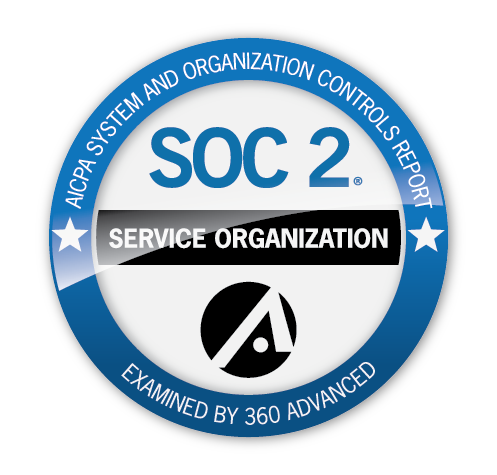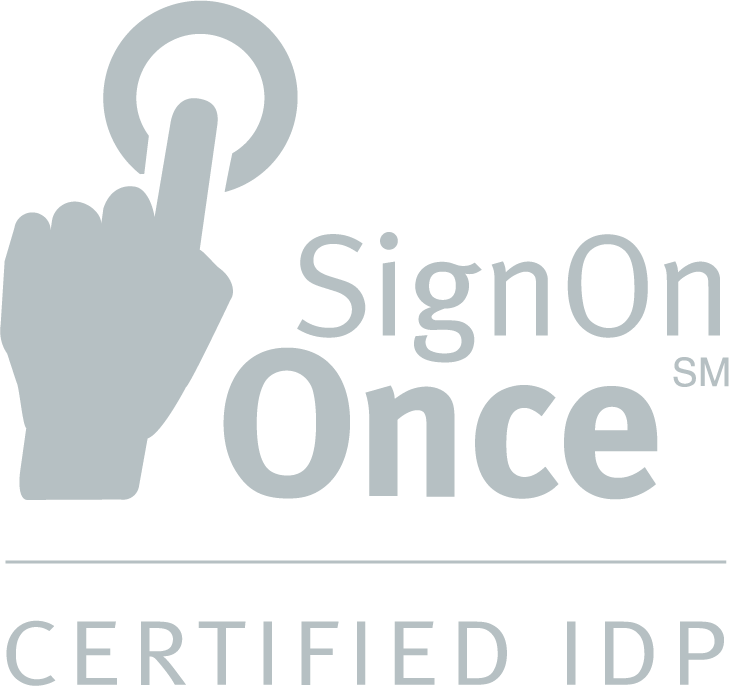Is your document retention policy leaving you at risk?
In this increasingly digital age, many of the tasks required for managing a business can be handled through technology. This brings many solutions, but also a host of new challenges in security and compliance management.
One such area is document retention. Most insurers rely on enterprise content management (ECM) technology to replace the physical file systems of the past. Carriers and MGAs with a manual document retention policy in the digital age could be exposed to additional risks and fines. Many don’t realize their policy is insufficient until they are dealing with its effects.
As investment in technologies designed to improve regulatory processes increases, with 33% of financial institutions planning to increase their budget in this area (per Thomson Reuters), document retention should be top of mind.
Take a look at these common pitfalls to help reflect on your current document retention policy. Is it solid? Or are you leaving yourself open to unintended risk?
Non-compliance
Compliance and data security are primary reasons to have a document retention policy. In the event of an audit, all documents related to the auditor’s request must be produced if they still exist in the system, even if they are past their required retention date. Similarly, eliminating a document too soon can be a costly mistake.
Does your retention policy consider all the state and federal laws regarding record retention? This includes, but is not limited to:
- The New York Cyber Security legislation (500.13)
- The CCPA and upcoming CPRA
- The NAIC Market Conduct Record Retention and Production Model Regulation (see MO-910 and ST-910)
Your legal team should carefully consider the implications of each of these regulations prior to creating or updating your retention policy.
Unclear retention policy definition
Does your retention period begin the day the policy was sold, or when the document is produced? Does your policy clarify which, if any, adjacent documents should be destroyed at the end of the retention period? Clear document retention policies that answer questions like these can clear up confusion about when documents can be destroyed.
Digital solutions are ideal to maintain full stack compliance and use your resources efficiently. However, here are some ways to solidify your retention policy even if your company prefers manual methods.
- Review your current policy with your team to get feedback on areas with room for improvement.
- Ensure your company’s policy is thorough, clear, and easy to understand.
- Look for areas that can be streamlined or clarified.
- Tailor your policy to the unique needs and structure of your company, with specific instructions outlining who is responsible for managing which documents and how.
Human error
Human error is one of the most common retention policy risks. Companies experience frequent pitfalls caused by varying interpretations of how to execute policies, as well as employees unknowingly making simple mistakes or misclicks.
Your department is likely to experience omissions, accidental deletions, and other miscommunications. This is particularly true if your company does not use automated retention technology, as the potential for clerical errors is increased any time documents are handled manually.
Another opportunity for human error comes from a lack of restriction around who is authorized to view and manage sensitive documents, and/or make changes to your retention policy.
Operational inefficiency
A lack of strict protocols can cause a buildup of unnecessary documents, creating major inefficiencies for your staff when completing their daily tasks. This manifests in terms of both server space required to store the excess documents, and in the number of documents the system must search through when recalling information for your team.
Archiving, deleting, and purging documents also takes more time when done manually, and is not considered fulfilling work for most team members. Robots, however, love repetition and can take this work off your team’s hands.
How can a digital solution help?
Automating your document retention policy can greatly reduce user errors, oversights, accidental deletions, and unauthorized changes. This also frees up your team to be more agile and better adapt to changing compliance regulations.
Vertafore’s Retention Management module for ImageRight® optimizes your document retention policy by automating your most important tasks, while mitigating the risks associated with manual retention policies.
The module allows you to retain or purge documents based on established rules and schedules. Policies can be applied across all content within ImageRight, systematically destroying any files that are no longer needed. Schedules can be set based on details such as the length of time information should be retained and destruction trigger dates. Only authorized users can access sensitive information, lock or suspend document terminations, and/or make updates to your retention policy.
As insurers and MGAs scale, the need for a content management and document retention tool to maintain their extensive records database becomes inevitable. It's essential to not just keep documents filed but ensure that your company’s documents are handled with precision.
Contact Vertafore today to discuss how Retention Management for ImageRight can automate and optimize your document retention policy.


